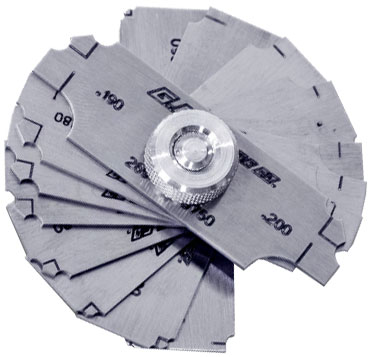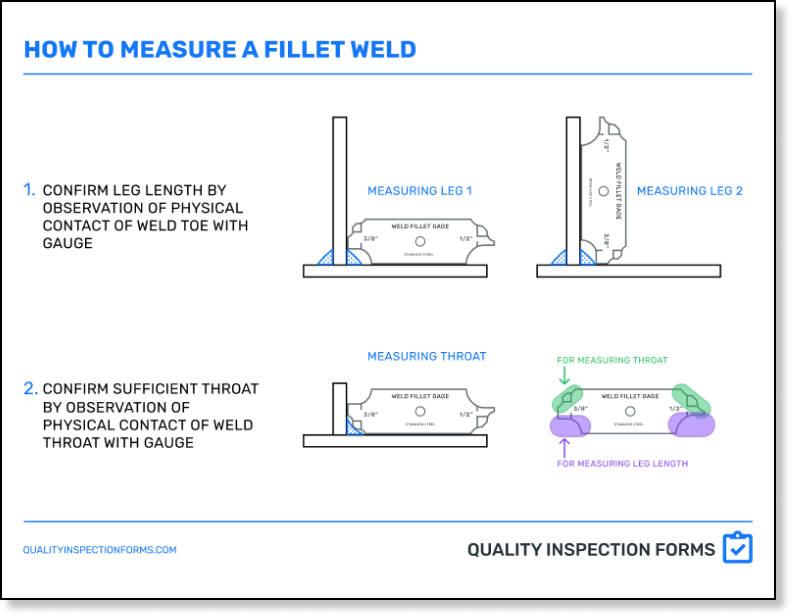Exploring the Benefits of Fillet Welding in Fabrication: Cost-efficient Solutions for Diverse Industries
In the realm of construction, the application of fillet welding provides a compelling suggestion for sectors seeking cost-efficient services without jeopardizing structural stability. The benefits of fillet welding extend beyond simple financial savings to encompass enhanced structural efficiency, adaptability across diverse industrial applications, and the guarantee of superior stamina and durability. As we navigate through the functional advantages that fillet welding deals, a deeper understanding arises of just how this welding technique can transform manufacture procedures throughout numerous sectors.

Economical Solution for Fabrication
Fillet welding acts as an economical remedy in construction processes, providing both performance and toughness. This welding method involves signing up with 2 items of metal at an angle, creating a triangular cross-section. The simpleness of fillet welding makes it a preferred selection in various markets, including building, automobile, and production.
One of the essential advantages of fillet welding is its capacity to decrease product and labor expenses. By using fillet welds rather than other intricate joint styles, manufacturers can conserve money on products and manufacturing time. Furthermore, fillet welding requires very little prep work compared to various other welding techniques, additionally lowering construction expenses.
Moreover, fillet welds provide outstanding architectural strength, making certain the durability and durability of the produced parts. The triangular shape of the weld disperses stress a lot more equally, decreasing the chance of joint failure (Gauge Fillet Weld). This structural honesty not only boosts the overall top quality of the ended up item however additionally lowers repair and maintenance prices in the lengthy run
Enhanced Structural Efficiency With Fillet Welding
Enhancing structural performance with the application of fillet welding strategies is a critical aspect of guaranteeing optimal performance and longevity in produced frameworks. Fillet welding plays a key role in enhancing structural performance by properly distributing lots and stresses throughout the welded joints. By creating a smooth shift between the linked elements, fillet welds aid to boost the general toughness and stability of the framework.
Among the substantial advantages of fillet welding in improving structural performance is its capability to sign up with products of differing densities. This flexibility enables for the construction of light-weight frameworks without jeopardizing on toughness. Furthermore, the smooth profile of fillet welds reduces anxiety focus, which can assist avoid premature failure of the bonded joints.
In addition, fillet welding enables the fabrication of complex geometries with simplicity, supplying developers with more flexibility in producing cutting-edge and effective structures. By optimizing the design and placement of fillet welds, engineers can optimize the structural effectiveness of fabricated elements, ultimately bring about cost financial savings and improved performance in varied industries.
Flexibility in Diverse Market Applications
With its capacity to deal with a variety of product densities and geometric complexities, fillet welding stands as Going Here a flexible manufacture technique that finds applications throughout diverse markets. One key location where fillet welding stands out remains in the manufacturing sector, where it is utilized in the production of hefty equipment, equipment, and structural parts. The automobile market additionally takes advantage of fillet welding, utilizing it in the assembly of automobile structures, framework, and various other vital frameworks. In the building and construction field, fillet welding plays an essential role in joining steel beam of lights, columns, and various other structural aspects. In addition, the aerospace sector counts on fillet welding for the construction of airplane components, ensuring strength and toughness in vital components. In addition, the oil and gas industry utilizes fillet welding in the building and construction of pipes, systems, and tank, where the durable welds provide stability and durability to these structures. Generally, the convenience of fillet welding makes it a vital process in different industries, offering cost-effective remedies for intricate fabrication needs.

Superior Toughness and Longevity
Fillet welding plays a crucial function check that in attaining these attributes due to its ability to offer significant strength by distributing loads evenly throughout the welded joint. As a result, structures fabricated using fillet welds show boosted longevity and can endure significant mechanical forces without endangering their stability.
The exceptional strength and resilience provided by fillet welding make it a suitable option for applications in industries such as construction, automotive, aerospace, and production, where structural integrity is paramount. By making use of fillet welds in manufacture, producers and designers can make certain that their items fulfill strict quality and safety and security criteria while maximizing cost-effectiveness and manufacturing efficiency. Basically, the phenomenal strength and durability provided by fillet welding make it a recommended welding technique for developing robust and long lasting structures across varied industries.
Practical Advantages of Fillet Welding
Given the demonstrated exceptional toughness and toughness in welded joints, the functional advantages of fillet welding extend beyond architectural integrity to include performance and cost-effectiveness in construction procedures. One key functional benefit is the simpleness read of fillet welds, which do not need complicated or costly tools to create. This simplicity converts right into time savings during construction, as fillet welding can be quickly applied in various placements without the need for fancy arrangements. In addition, fillet welding permits increased productivity because of its convenience in signing up with various kinds of products, shapes, and thicknesses. The adaptability of fillet welds makes them suitable for a large range of applications across diverse markets, additionally adding to cost-effectiveness in making procedures. The lowered requirement for comprehensive surface prep work contrasted to various other welding methods reduces material waste and lowers manufacturing downtime. Overall, the sensible advantages of fillet welding make it a useful choice for companies looking for reliable and cost-effective options in manufacture.
Final Thought
To conclude, fillet welding uses an economical remedy for fabrication, giving enhanced architectural performance, versatility in varied market applications, remarkable toughness, and sturdiness. The functional advantages of fillet welding make it a preferred choice for different construction tasks throughout various sectors. Its ability to effectively join products while keeping architectural honesty makes it a beneficial strategy for ensuring trusted and high-quality results in welding applications.

Additionally, fillet welding needs very little preparation compared to various other welding techniques, better lowering fabrication expenses.

Provided the demonstrated remarkable toughness and sturdiness in bonded joints, the sensible advantages of fillet welding expand beyond structural stability to include efficiency and cost-effectiveness in manufacture procedures - Gauge Fillet Weld.In verdict, fillet welding uses a cost-efficient remedy for construction, giving improved structural efficiency, convenience in varied industry applications, superior toughness, and toughness